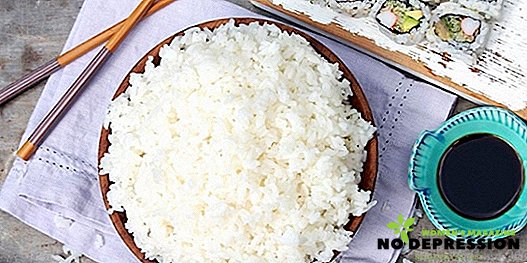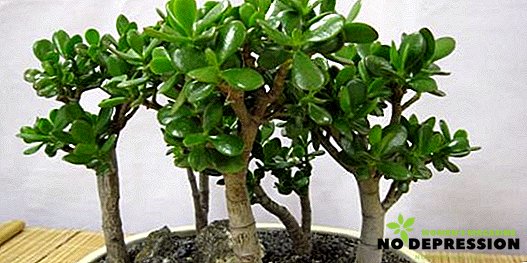Now more and more popular restaurants of Oriental cuisine. Japanese restaurants offer a large variety of types of rolls and sushi, serving them with traditional cutlery - chopsticks.
People are attracted by this cuisine with fresh seafood combined with rice, vegetables, soy sauce and spicy wasabi. However, many have difficulty using chopsticks.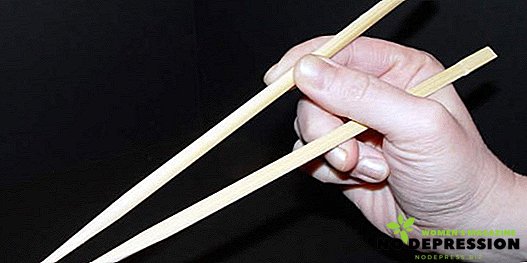
From the outside, it seems that it is very simple. But in practice it turns out to be quite difficult and sometimes ridiculous. Let's see how to use them all the same. But first, a little history.
Who came up with the use of chopsticks
The history of chopsticks dates back to BC in China. There is a legend that they were invented by one of the rulers - Emperor Great Yu, who with the help of two wooden sticks extracted meat from the fire. Later, chopsticks were used to pick up food from the dishes in which she cooked. Then they began to use them for eating.
It is believed that the very first sticks were made of bamboo. Over time, for their manufacture began to use a variety of materials: various types of trees, metal, bones, ceramics, stone.
In the 6th century they were sometimes made of silver, which could determine the poison in food, if present. Arsenic was then one of the most common poisons, and the silver sticks darkened on contact with it. They were decorated with drawings, hieroglyphs, symbols, engraving.
Around the 12th century, this custom moved to other Asian countries, such as Japan, Vietnam, and Korea.
What are sushi sticks?
In different countries of Asia there are differences in the purpose of use and the process of making chopsticks:
- In China, disposable wooden Chinese sticks, most often made of bamboo, are common. They have a square base so as not to roll off the table. The length of chopsticks is 25 centimeters, and for cooking it can be 2 times longer. Such devices in this country are made of metal, plastic, animal bones. By the way, they are called quaizi in China.
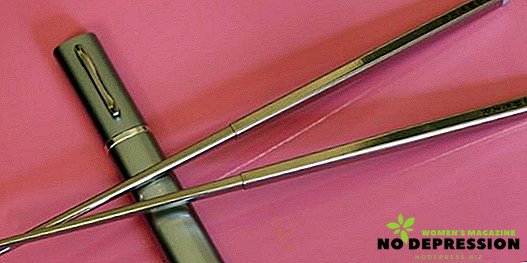
- In Japan, these cutlery, called hashi, is usually shorter than Chinese, and has pointed tips. This form is justified, above all, the culture of eating. For example, the Japanese bring a plate of food close to the mouth, so there is no need for long cutlery. In this country, it is customary to have your own set of chopsticks, since the hashi for the Japanese is a talisman that brings good luck and health, which is akin to a certain cult. Also, the sticks are different in purpose. In each family, it is customary to have such cutlery separately for special holidays, tea drinking, sweets. They are given to the newlyweds as a symbol of inseparability. For babies, the first chopsticks are presented as a 100-day birthday present. Most often they are made of wood in Japan.
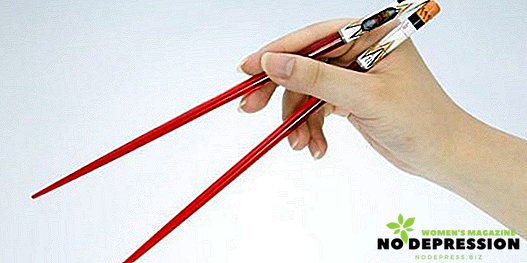
- The difference between Korean instruments is that they are shorter and are made of metal. Earlier, as the Koreans call them, Chokkarak was made of brass, now stainless steel is used. They are not easy to eat, as the food slides on the metal.
- Vietnamese - longer and wider than the same instruments of neighboring countries. They are quite convenient to use, you only need to practice a little. Although this applies to any chopsticks, if you do not have the habit of using them as cutlery during meals.
How to keep chopsticks for sushi in stages
- Insert the wide end of the wand into the hole between the thumb and index finger of the hand. Place the middle of the wand on the ring finger. In this position, the index, middle and big fingers form a ring.
- Place the second wand parallel and above the first one, clasping it with your thumb and forefinger like a pencil or pen, supporting the ring finger and positioning the middle of the device on it.
- In order to pick up a piece of food from the plate, only the top stick comes into motion. Ideally, the bottom should not move at all.

The hand must firmly hold the chopsticks, while it should not be too tight, otherwise it will be difficult for you to manage the cutlery.
There are special sticks for children, which facilitate the development of their use.
In addition, sometimes they have rings for fingers. In this case, the hand of the child is fixed and gets used to the correct position.
How to eat sushi
A portion of sushi is traditionally small and it is not divided into pieces with chopsticks. There are no specific rules about what sushi is in the first place.
However, they usually start with sushi wrapped in nori seaweed, as rice quickly reacts with them, which can affect taste. So, to try sushi, you need to put them on the side with chopsticks.
Then gently pick up and dip the fish in soy sauce. To make the sushi juicier, you can hold them in the sauce for a few seconds, but you should not overdo it, otherwise the sushi may fall apart.
We take sushi with chopsticks, wait for the excess sauce to drain, and send it entirely in the mouth with the upper part of the tongue. To give spicy dishes, you can pre-dilute a small amount of wasabi in soy sauce, or put a very small amount of this spicy seasoning directly on sushi.
Rules of etiquette
There are several rules for using chopsticks in an oriental restaurant:
- Do not stick them in rice or any other dish. In Asian language, this is a bad omen, which means that someone will die soon.
- Do not string the food on the ends of the sticks. It looks extremely uncultured. If you can not handle the devices, then this is not an option. Ask better for your usual plug.
- Do not use them as a pointer, do not direct them to people. In Asia, it is also uncultured, as well as pointing at them with a finger.
- Do not cross them after a meal, including laying on a plate. In the Japanese restaurant, besides chopsticks, they usually serve as a stand for them - hasioki. Therefore, put the devices in between meals or after it ends on the hasioki with sharp tips to the left. If such a stand is not served, place them with tips on the edge of the dish.
- Do not transfer food from chopsticks to chopsticks to your neighbor at the table. This custom is relevant only at the funeral.
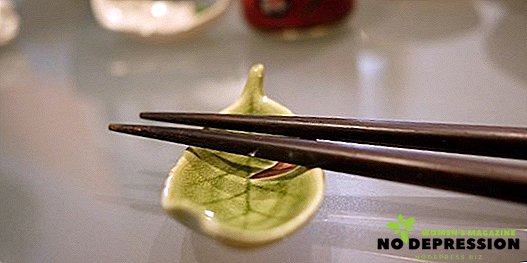
What you should never do while in a Japanese restaurant
- If on your table there is a common dish with a meal for a big company, do not use personal chopsticks to put the dish on your plate. In such cases, use special devices for the common dish. If they are not there, take unused kits by anyone or take food with other ends of yours.
- Do not poke around in a common plate. If you touch a piece of food, you should take it on your plate.
- It is unacceptable to knock the chopsticks on the plates or the table, and also to move the plates or other objects on the table.
- Do not pinch sticks in your fist - in Japan, this gesture is ominous.
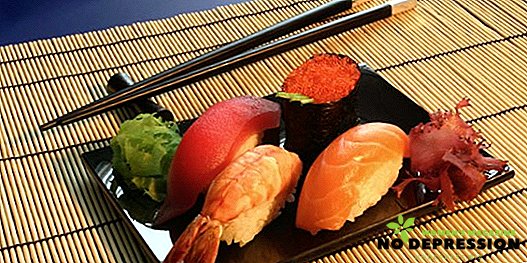
Facts and Tips for Newbies
According to Eastern medicine specialists, using chopsticks as cutlery for eating is good for health. Thus, up to 40 thousand acupuncture points on the hand are massaged, which has a beneficial effect on the health of many internal organs of the human body.
Also in Japan, it is believed that if a child owns such devices for eating at 1 year old, this indicates his good mental development.
Before serving, the Japanese restaurant traditionally serves a wet hand towel. Usually it is hot and with a pleasant smell of menthol. This is necessary in order for a person to prepare and tune in to eating, leaving extraneous thoughts for later.
If you go to an oriental restaurant in Asian countries, or to a traditional oriental restaurant in your country, out of respect for the customs and culture of eating food, you should practice in advance with these cutlery at home.
Of course, you may be offered the usual cutlery. However, planning a visit to such an institution, it is worth remembering that for most Asians eating food is perceived as a ritual. For training it is best to use a wooden kit, as it is easier for them to keep food.
Marinated ginger cleans taste buds well. Therefore, it is accepted to eat between meals.
The following video shows how to properly use sushi chopsticks.







